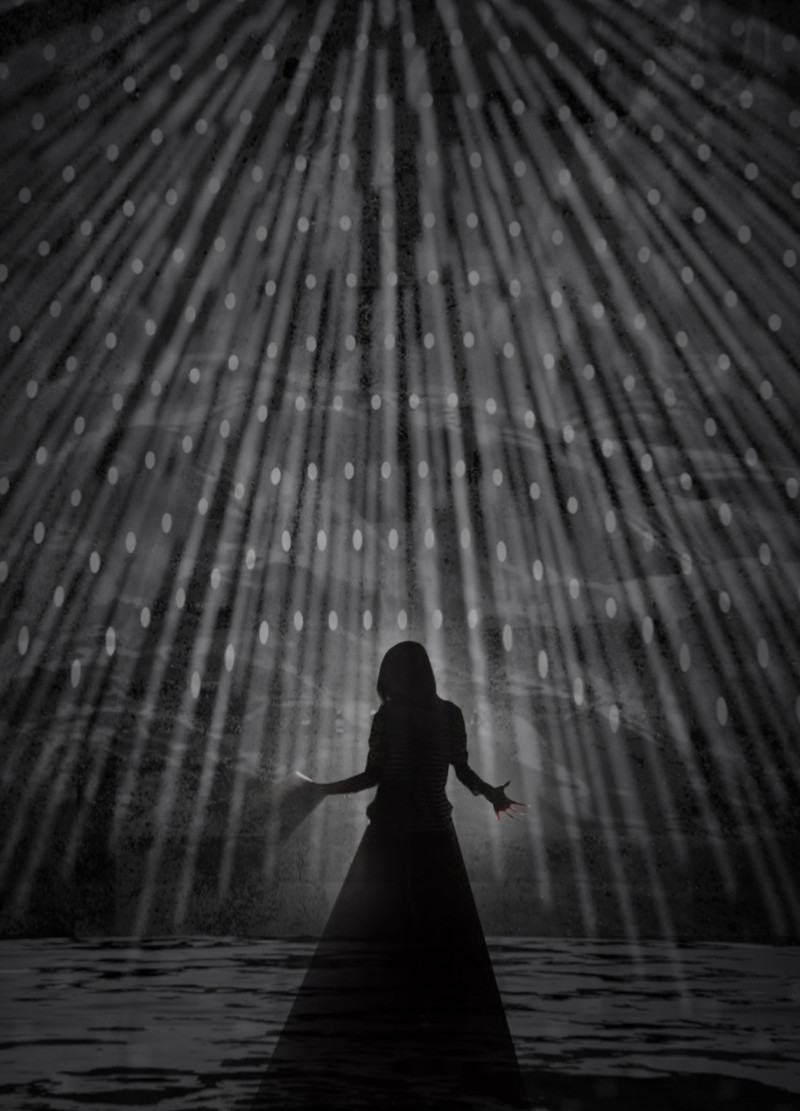5 key facts about this project
The architecture project under review is a contemporary structure characterized by its spherical form, set within a reflective water landscape. It exemplifies a thoughtful approach to blending human-made environments with natural contexts. The building serves as a multifunctional space, designed to facilitate gatherings and promote contemplation. The design emphasizes fluidity and cohesion, presenting an inviting atmosphere for users.
Essential components of this architectural design include the use of concrete, glass, steel, and wood. Each material serves a distinct purpose while contributing to the overall aesthetic. The concrete structure provides durability and a strong visual presence. Glass elements are strategically placed to allow natural light infiltration, facilitating a changing atmosphere throughout the day. Steel supports add structural integrity without compromising the elegance of the design, while wooden pathways connect the dome to the surrounding landscape, offering warmth and accessibility.
The design also considers the interplay of light and shadow within the built environment. The carefully positioned openings allow light to create dynamic patterns, enhancing the user experience. The architectural approach favors natural illumination over artificial sources, aligning with sustainable practices. The water element not only reflects the structure but also complements the overall sense of tranquility and connection to nature.
Unique Design Approaches
This project distinguishes itself through its innovative use of curvature and reflective surfaces. The spherical shape is not a common choice in architecture, notably for public or communal spaces. It promotes an organic aesthetic, challenging traditional angular forms prevalent in contemporary design. This form facilitates a unique spatial experience that encourages interaction while simultaneously allowing for solitude.
Additionally, the integration of the structure with its water environment serves as a distinctive feature. This connection expands the perceived boundaries of the project, engaging users with the natural elements beyond the architectural confines.
Another noteworthy aspect is the commitment to sustainability. The material choices not only focus on durability but also on the reduction of environmental impact. The design minimizes energy consumption by maximizing daylight usage, promoting a responsibility towards ecological considerations.
Enhanced User Interaction
The arrangement of interior spaces is designed to promote versatility. Open areas allow for various activities, from social gatherings to solitary reflection. The acoustic properties provided by the dome shape are beneficial for group discussions, enhancing the functionality of the space. Particular attention is paid to ensure that the arrangement fosters a sense of community within an individualistic setting.
The architectural design also fully utilizes the site’s natural characteristics, ensuring that users experience the changing moods of the environment throughout different times of the day. Views from the structure are meticulously planned, reinforcing the connection between architecture and the landscape, thus enriching the user experience.
For further details, readers are encouraged to explore the architectural plans, sections, and overall design elements of the project. An examination of the architectural ideas presented will offer deeper insights into the functionality and innovation inherent in this architectural venture.



















































